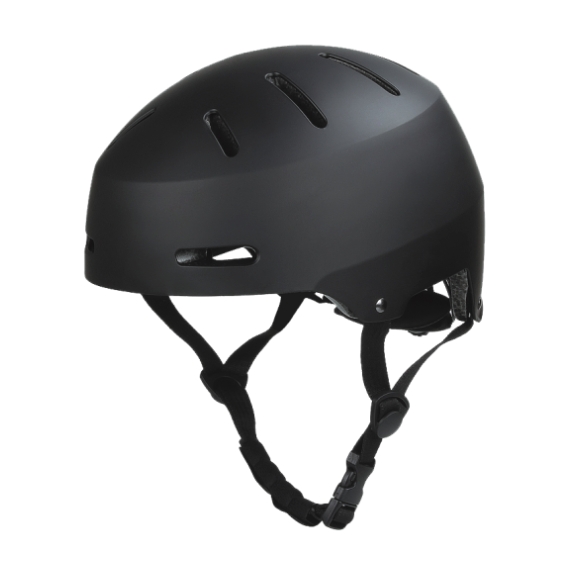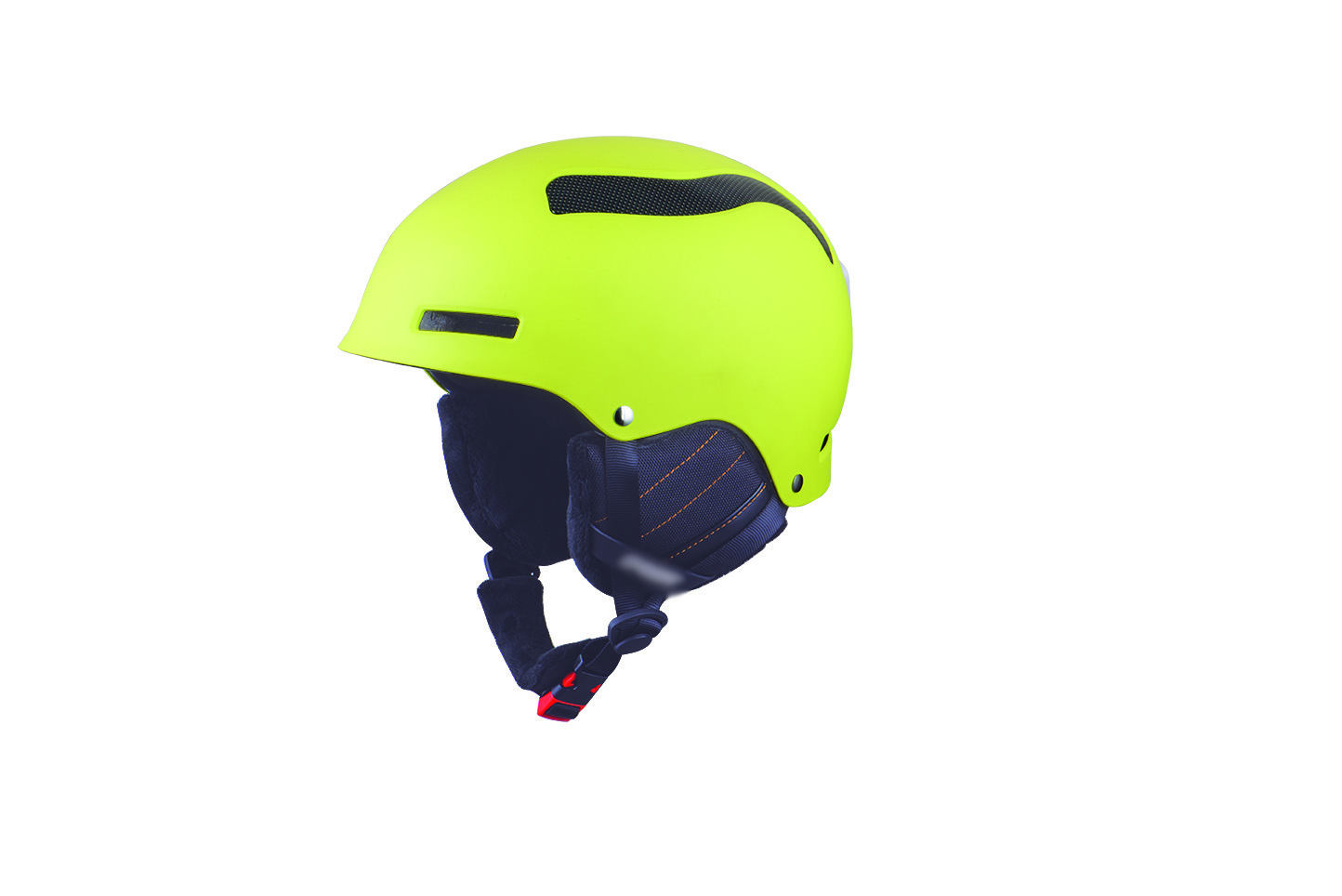
Snow helmets, as a type of head protective equipment, play an important role in skiing. It has gone through a long history of development, continuous improvement and innovation, providing skiing enthusiasts with a safer and more comfortable skiing experience. Below, we will review the development process of Snow Helmets together.
The origin of snow helmets can be traced back to the late 19th century. At that time, skiing began to prevail in the Alps region of Europe. Due to the fast speed of snow sliding and the complex environment, people are gradually realizing the importance of head protection. Initially, snow helmets were made of leather or canvas to protect the head from potential collisions and bumps during sliding.
With the continuous progress of technology, the material of snow helmets gradually changed in the early 20th century. Metal materials, such as aluminum alloy and steel, have begun to be used for making snow helmets to provide stronger impact resistance. However, these metal materials make the snow helmet bulky and uncomfortable, limiting the skater's freedom of movement.
In the 1950s, the introduction of plastic technology made the production of snow helmets more lightweight, flexible, and comfortable. Plastic materials not only have excellent impact resistance, but can also be customized according to the shape of individual heads, providing better safety and comfort. During this period, the design of snow helmets began to diversify, with more choices of colors and styles to meet the personal preferences and styles of different groups.
With the popularization of skiing and the improvement of competitive level, the function of snow helmets has also received more attention. In the 1970s, it began to introduce built-in anti-collision materials, such as foam fillers and polymer materials. These materials can absorb and disperse the energy of collisions and impacts, reducing the likelihood of head injuries. In addition, the introduction of a ventilation system also increases the comfort of the snow helmet, effectively expelling sweat and heat, keeping the head dry and at a suitable temperature.

After the 2000s, with the continuous progress of technology, snow helmets began to adopt more advanced materials and designs. For example, the use of carbon fiber reinforced composite materials makes snow helmets lighter in weight and more impact resistant. In addition, some high-end snow helmets have begun to introduce intelligent technologies, such as built-in communication devices, music players, and head sensors. These intelligent features make it easier for skiers to communicate with other skiers, enjoy music while maintaining call safety. The head sensor can monitor the head movement and posture of skiers in real-time, optimize the skiing experience, and provide relevant data and warnings in a timely manner, helping skiers improve their technical and safety levels.
In addition to the advancement of materials and technology, the design of snow helmets is also constantly evolving and innovating. Modern snow helmets focus on ergonomic principles, reducing wind resistance and improving air circulation by reducing volume and providing better aerodynamic design. In addition, the adjustable suspension system and detachable earmuff design make the snow helmet more in line with the shape of an individual's head, providing better comfort and stability.
In addition, the rise of environmental awareness is also affecting the development of snow helmets. Some snow helmet manufacturers have started using recyclable materials and adopting energy-saving and environmentally friendly production methods to reduce their impact on the environment. This indicates that snow helmets not only need to consider the safety and comfort of skiers, but also need to focus on sustainable development and protecting the natural environment.
In summary, the development process of snow helmets has undergone a transformation from leather production to metal materials, and then to plastic and composite materials, greatly improving the ability and comfort of head protection. With the advancement of technology and design, snow helmets not only meet basic head protection needs, but also introduce intelligent functions and ergonomic design, providing a better user experience. In the future, with the continuous development of technology and innovation, we have reason to believe that snow helmets will continue to usher in more breakthroughs and improvements, providing skiing enthusiasts with a higher level of safety and comfort experience.